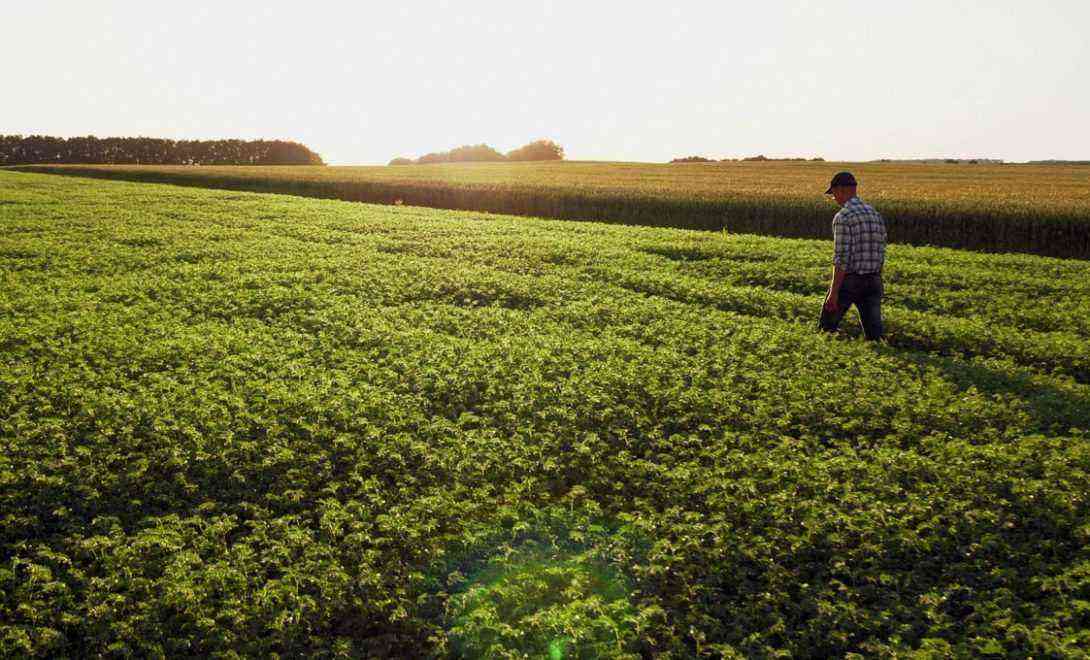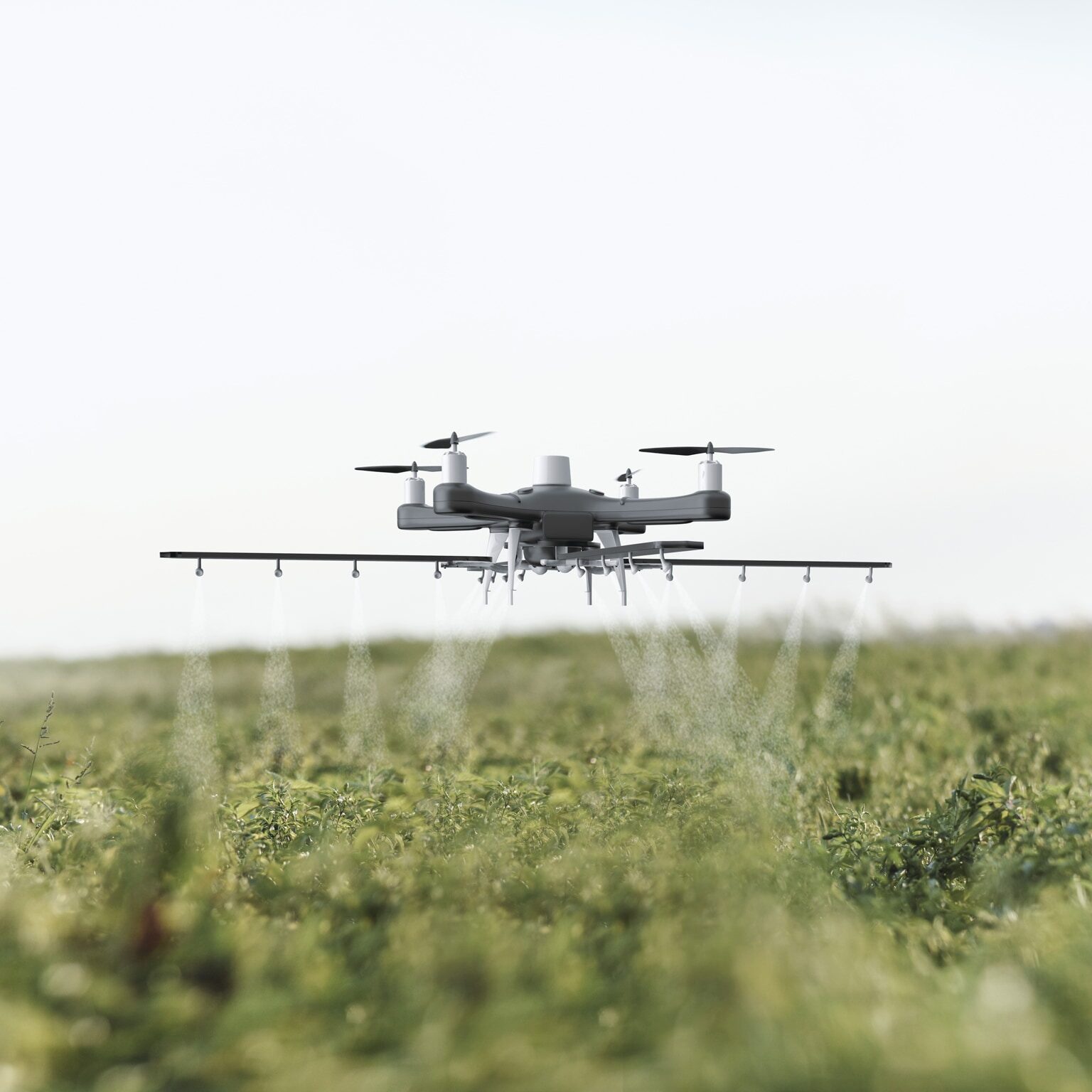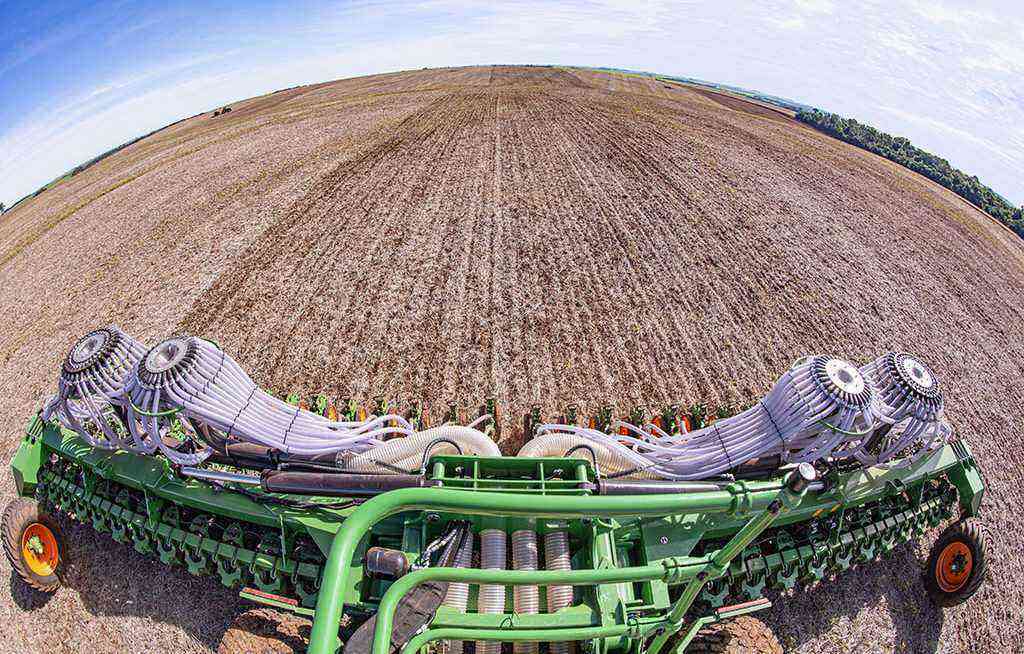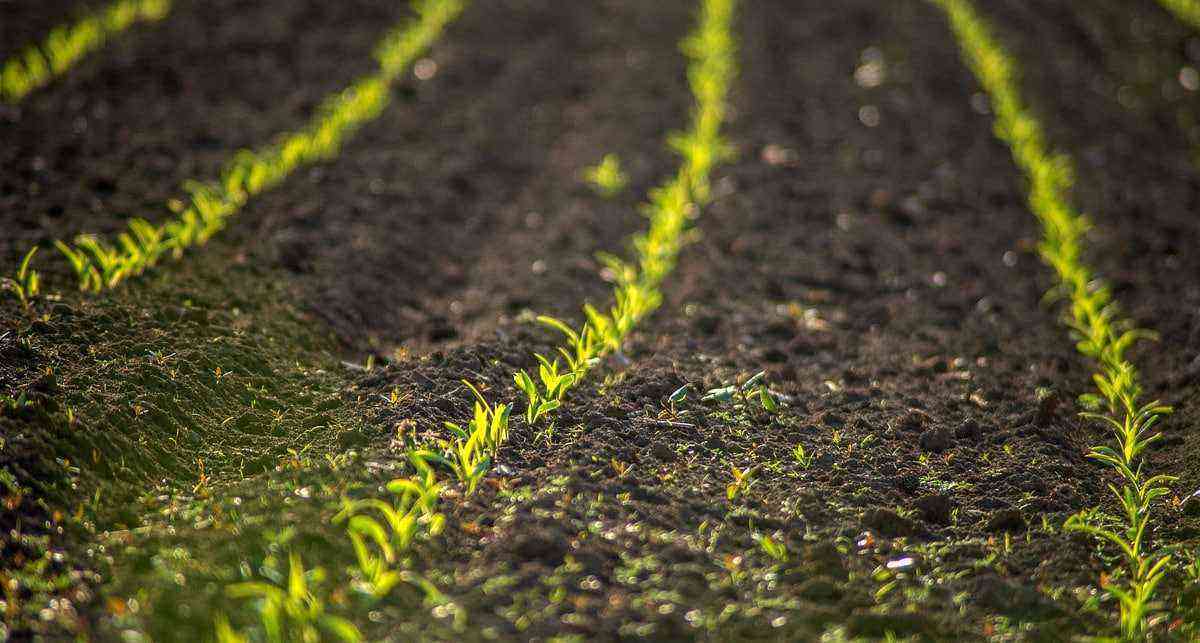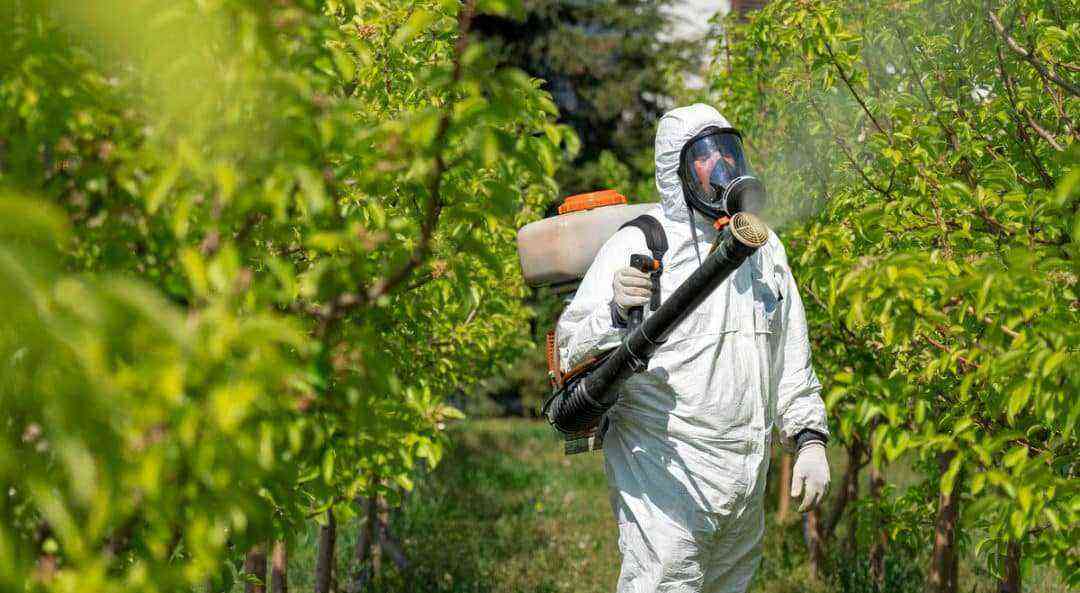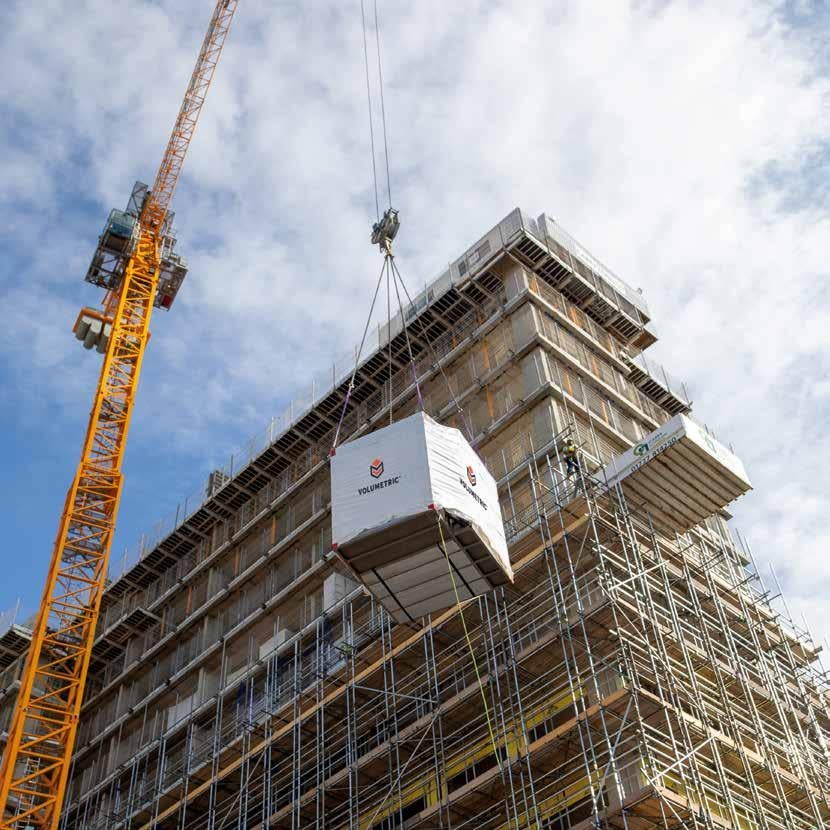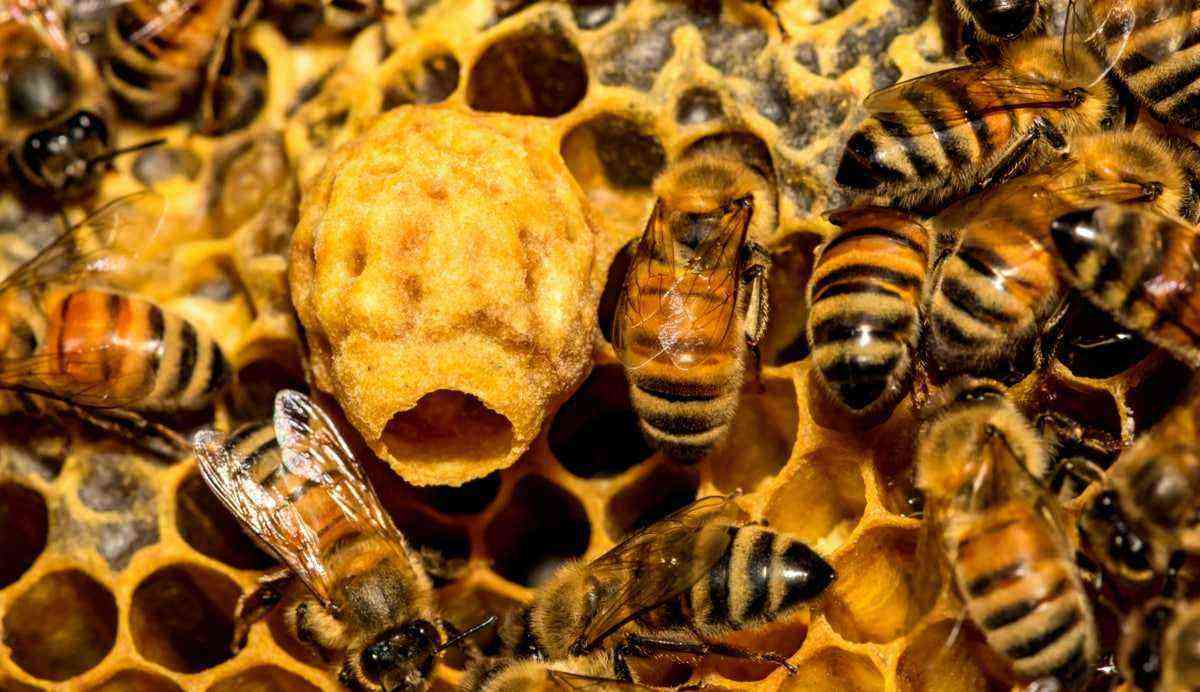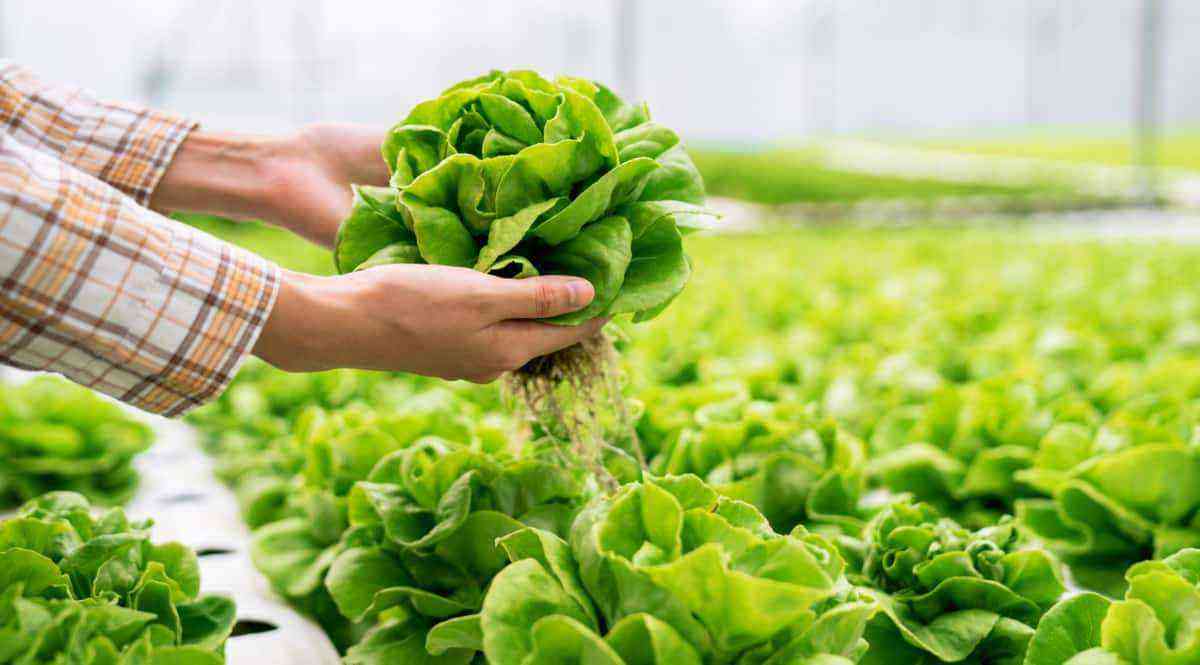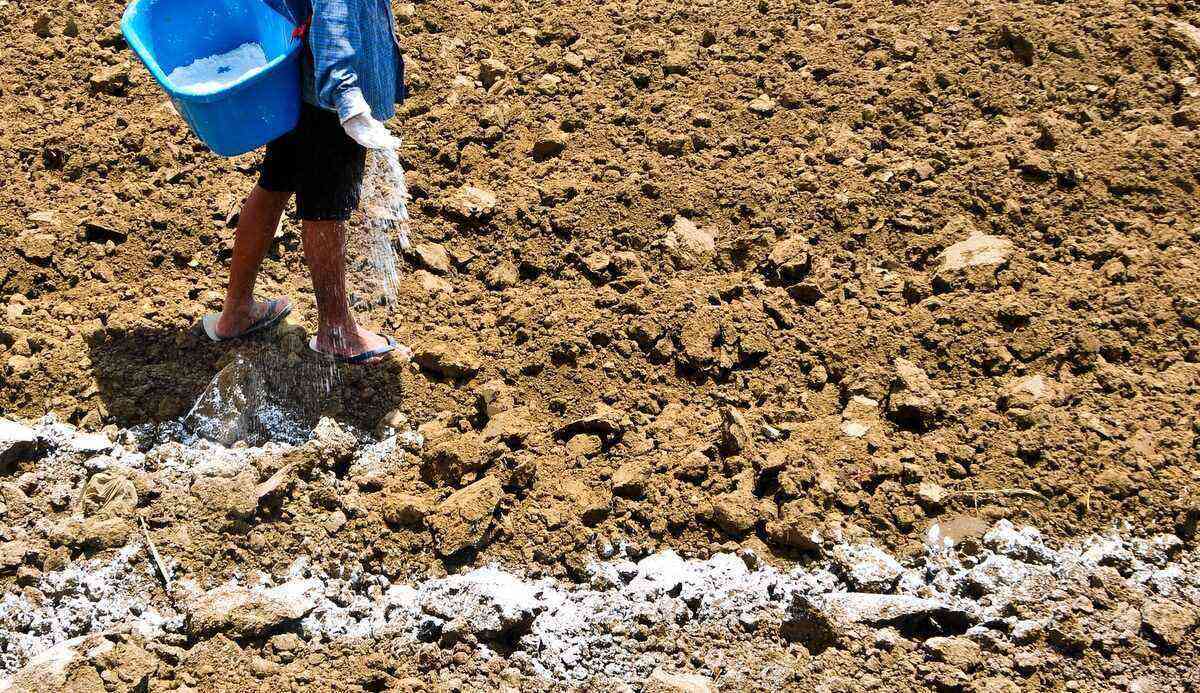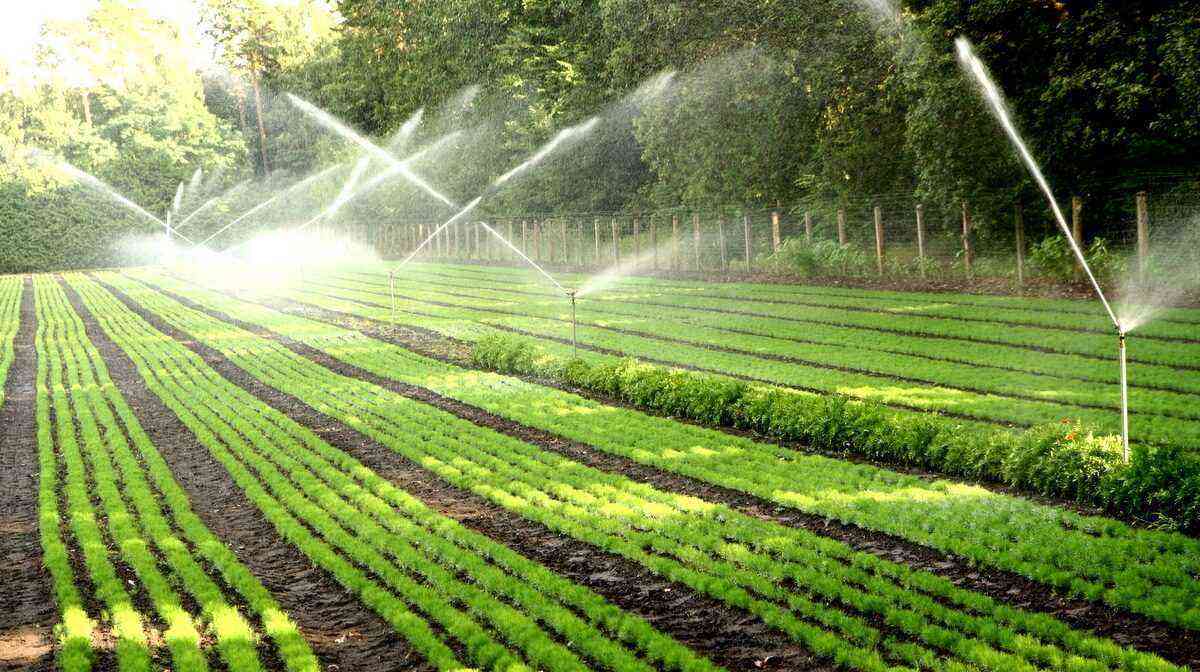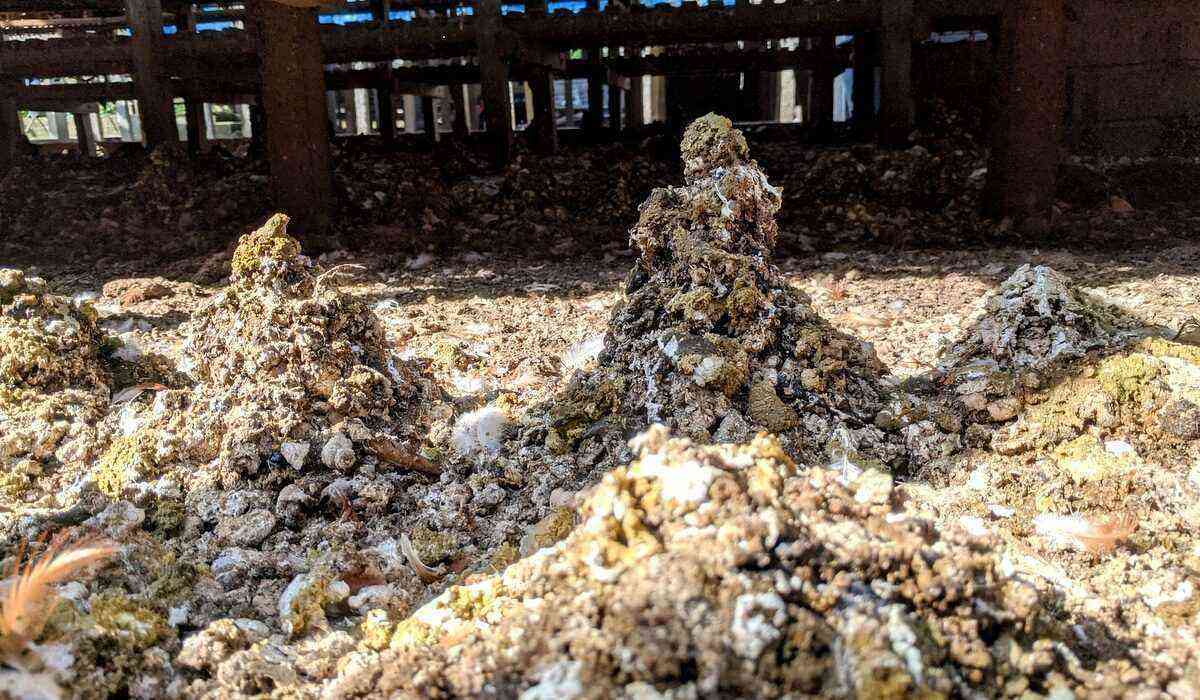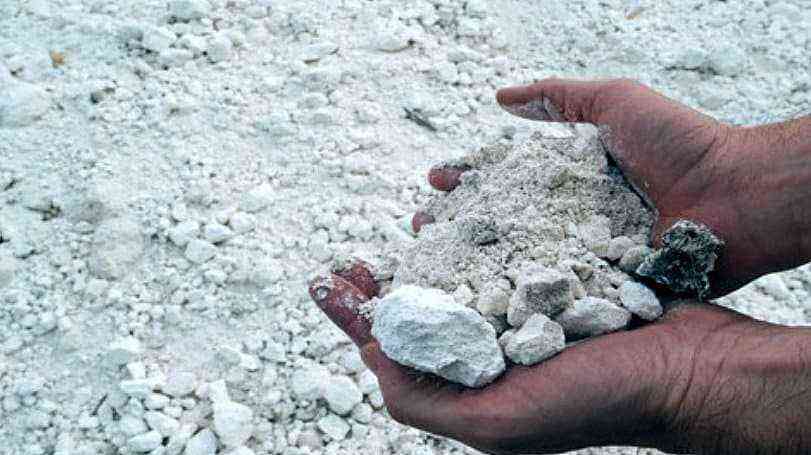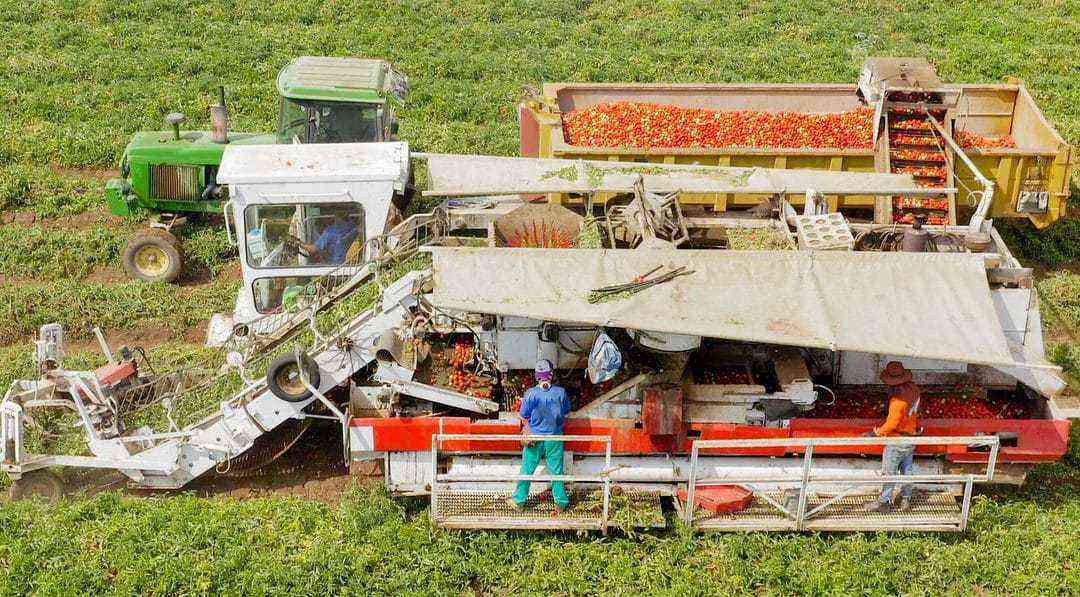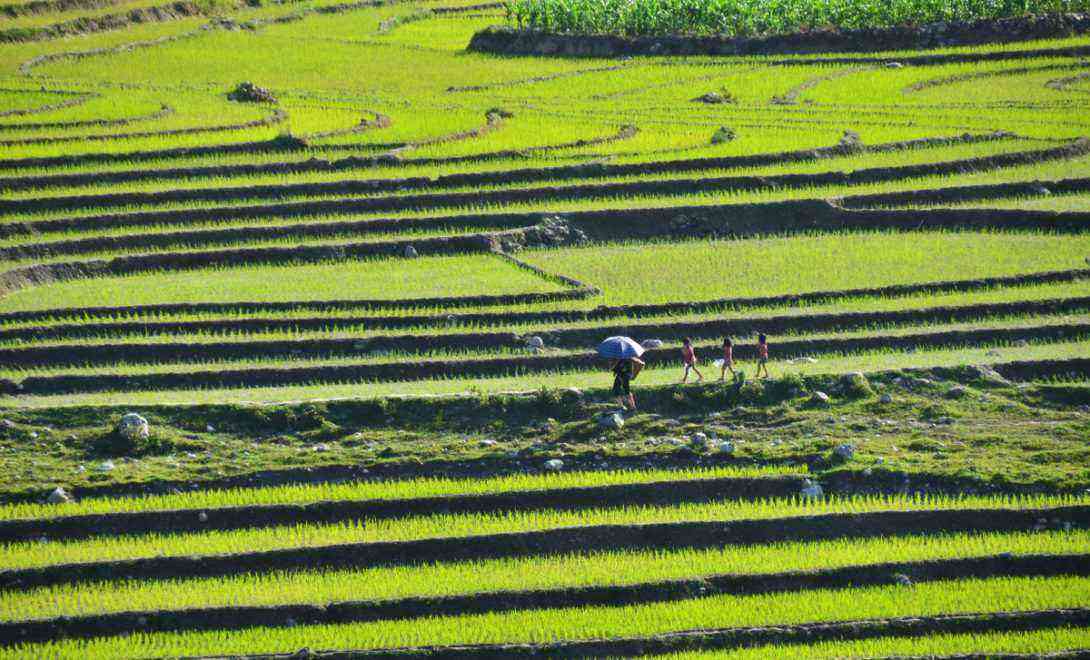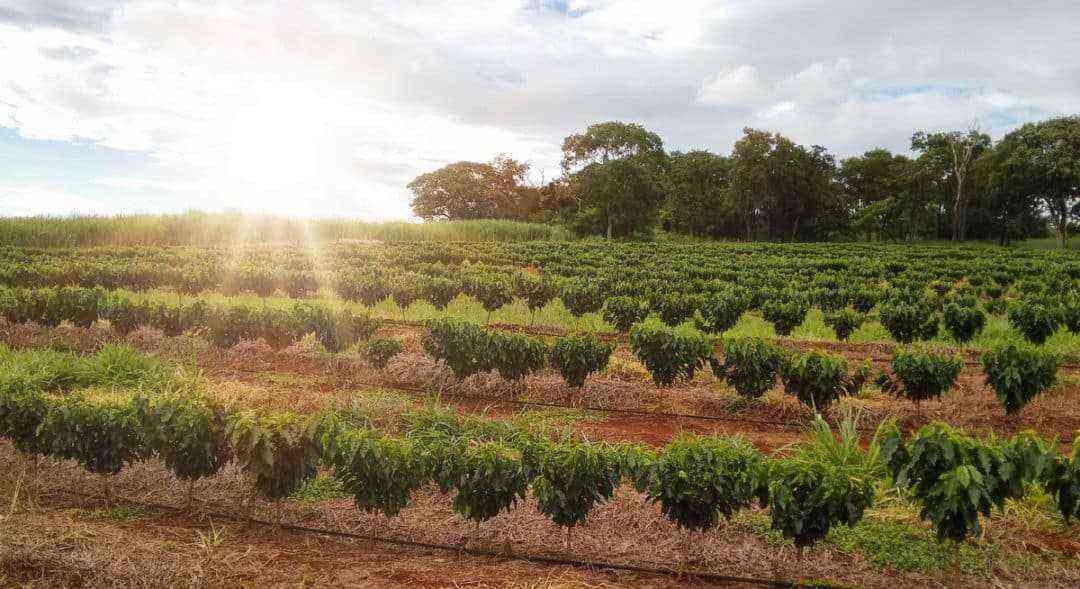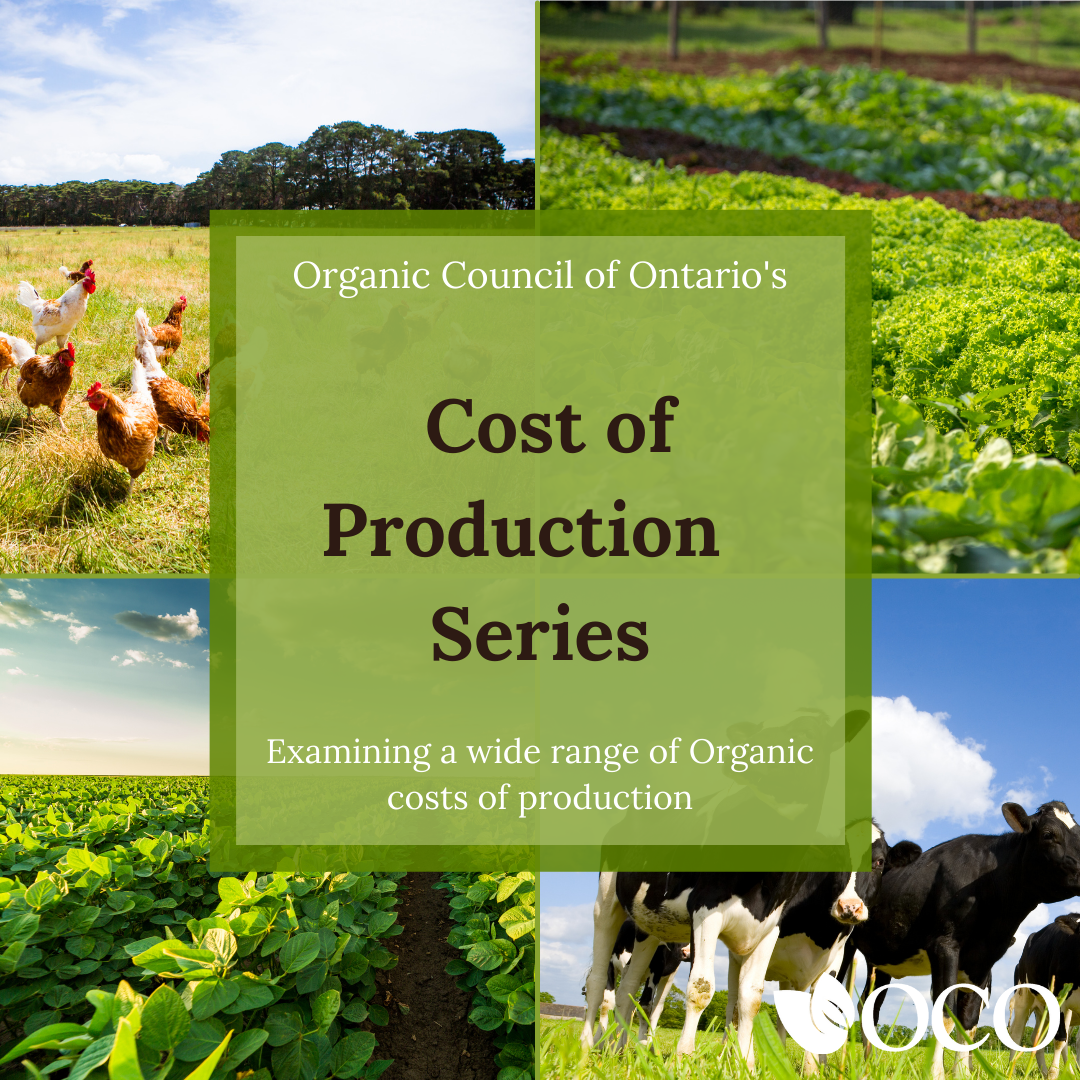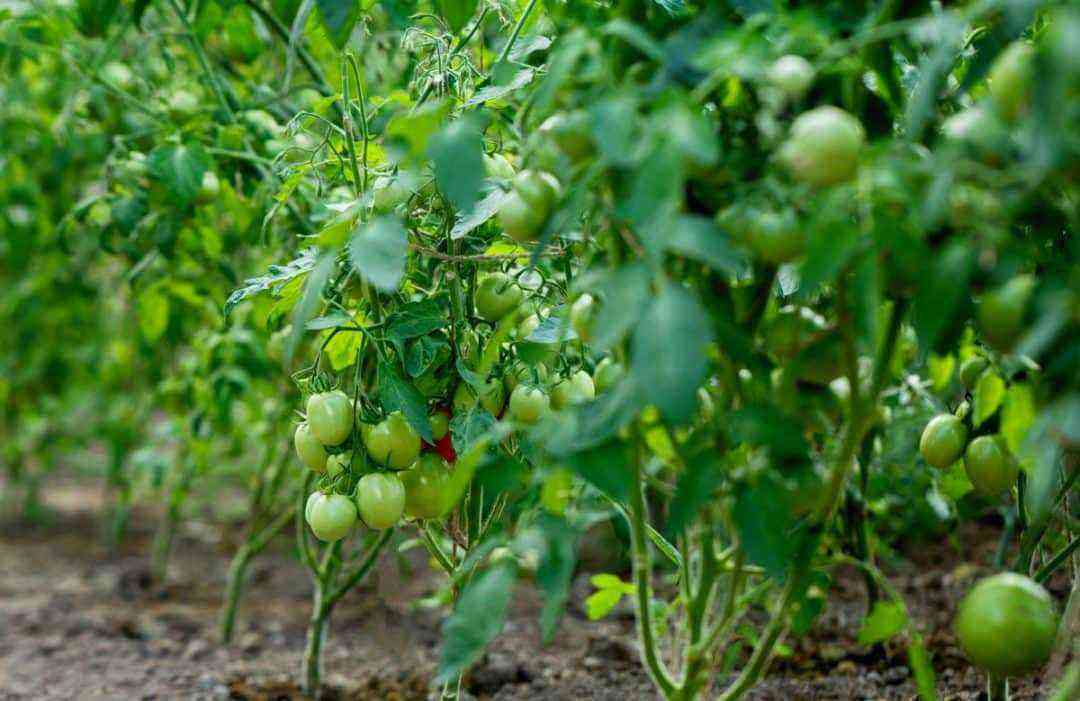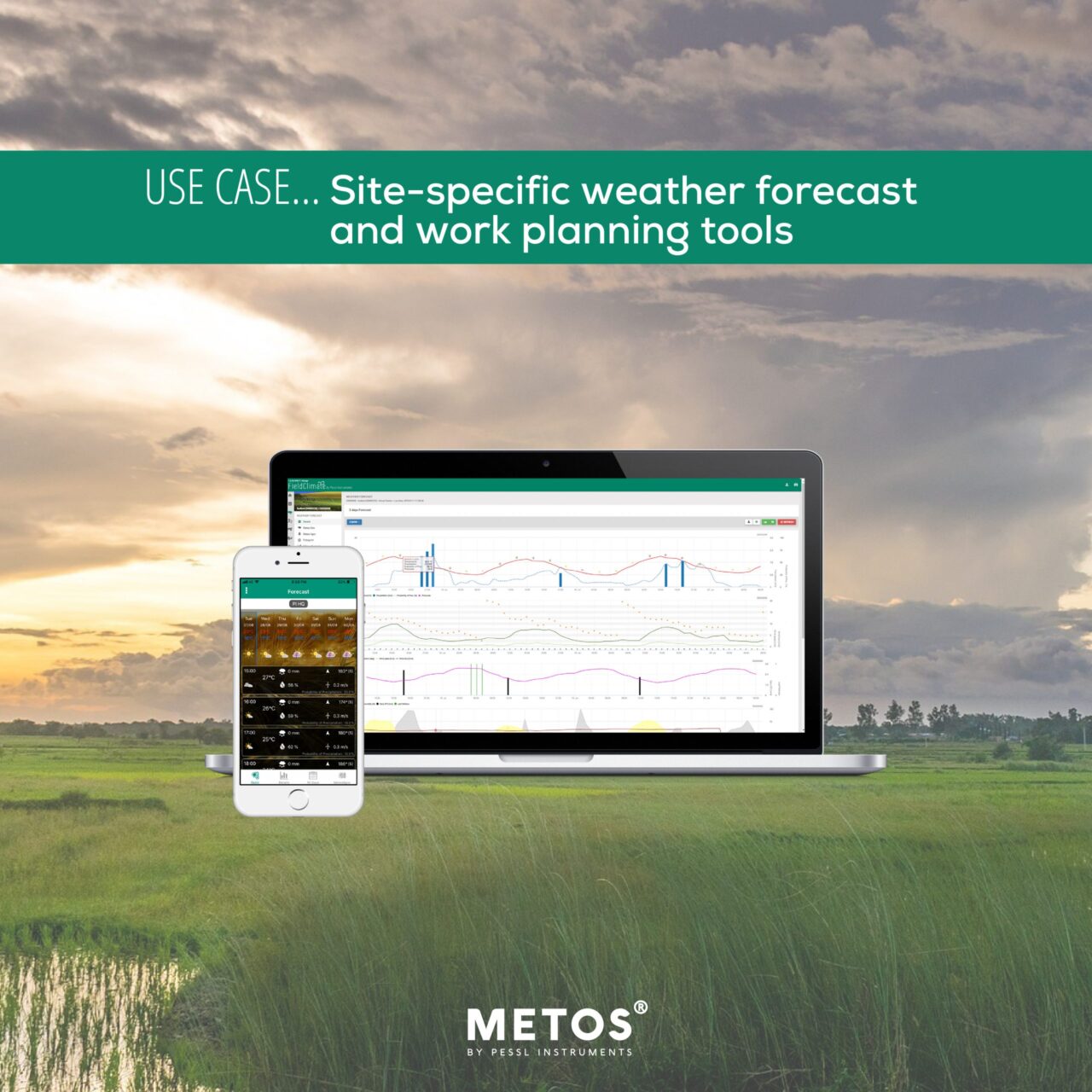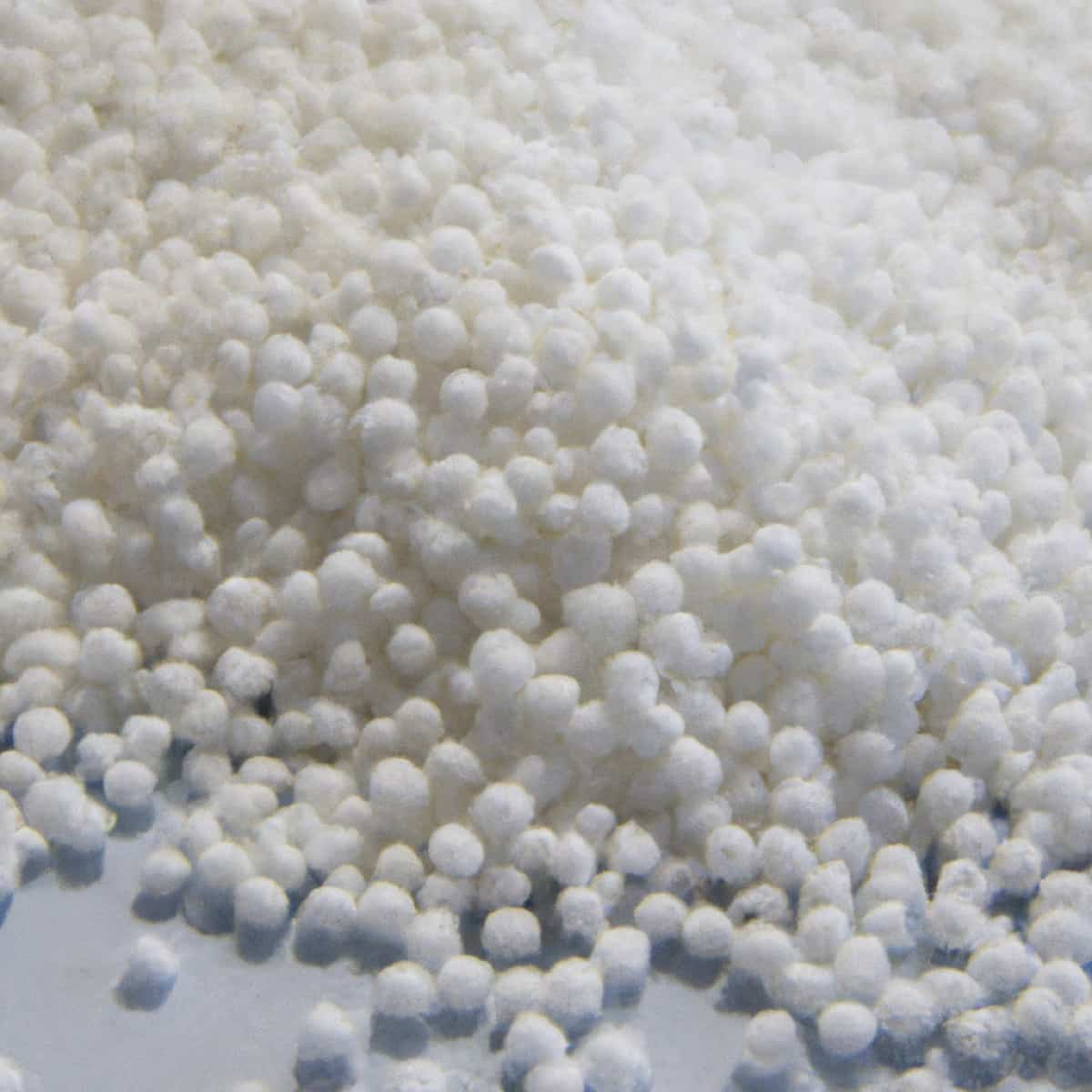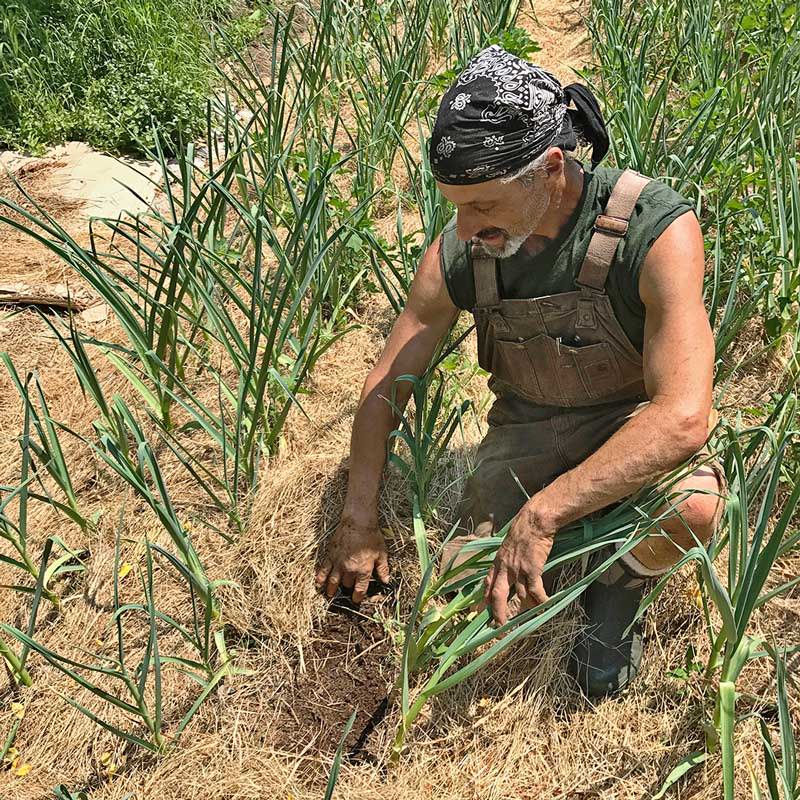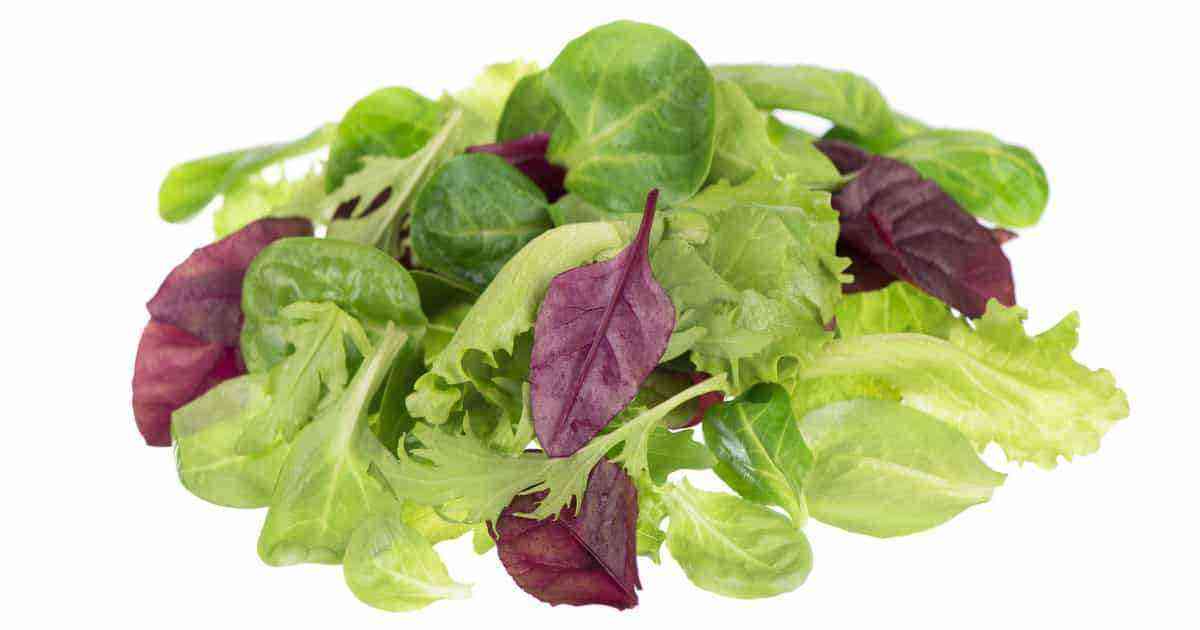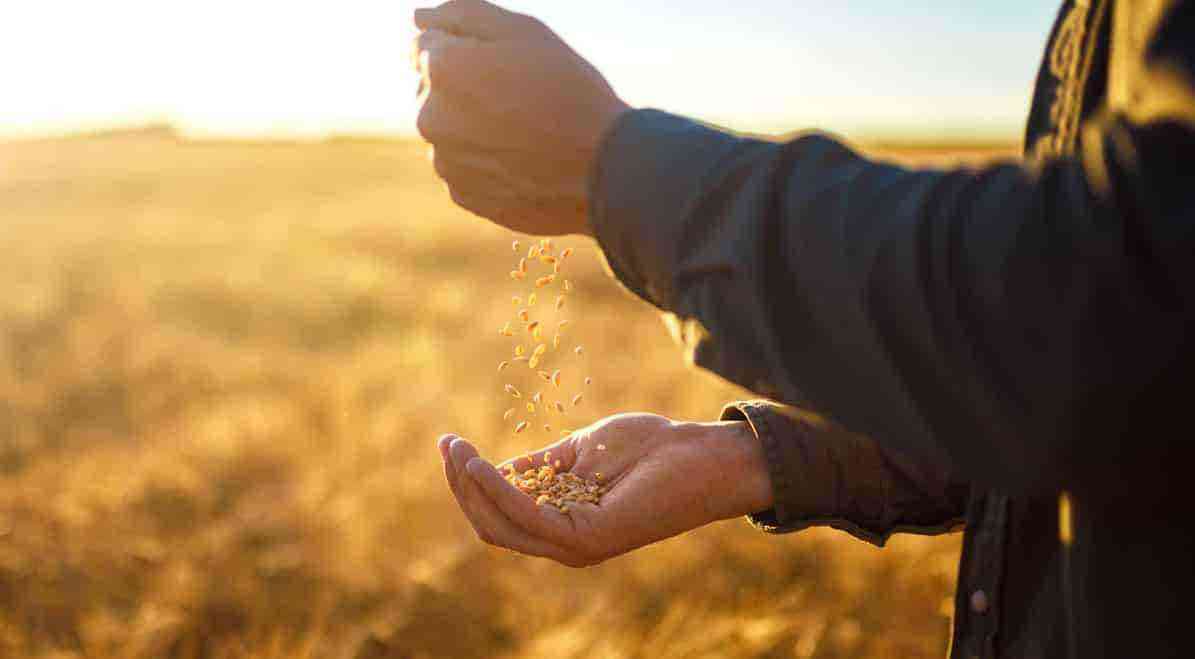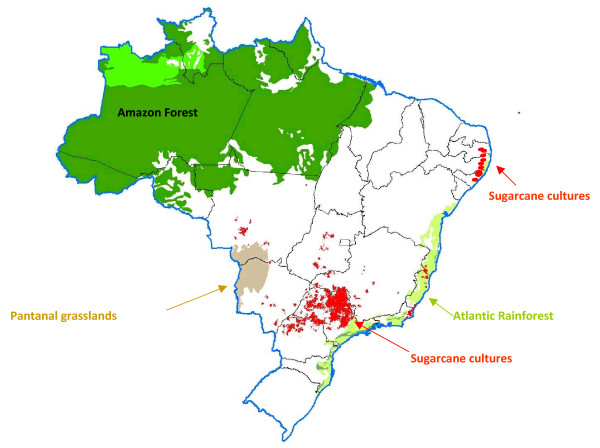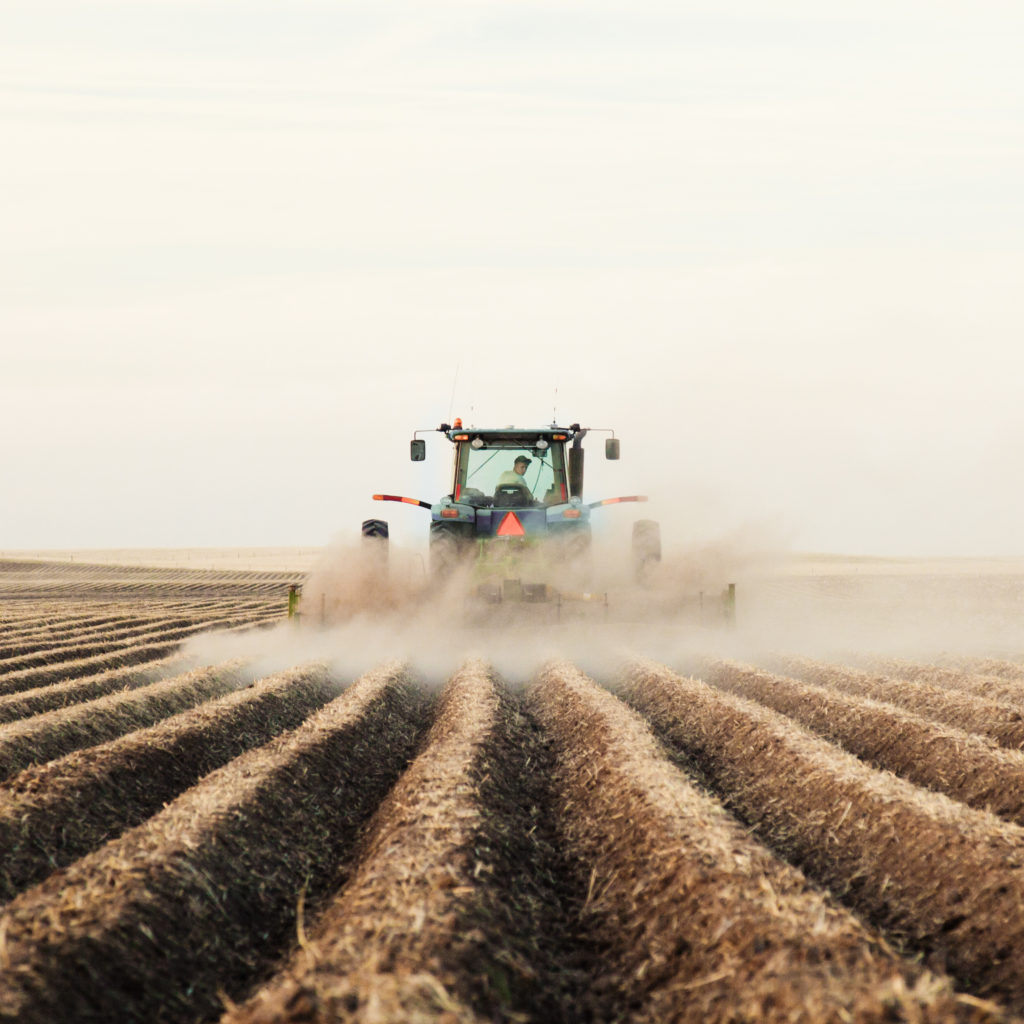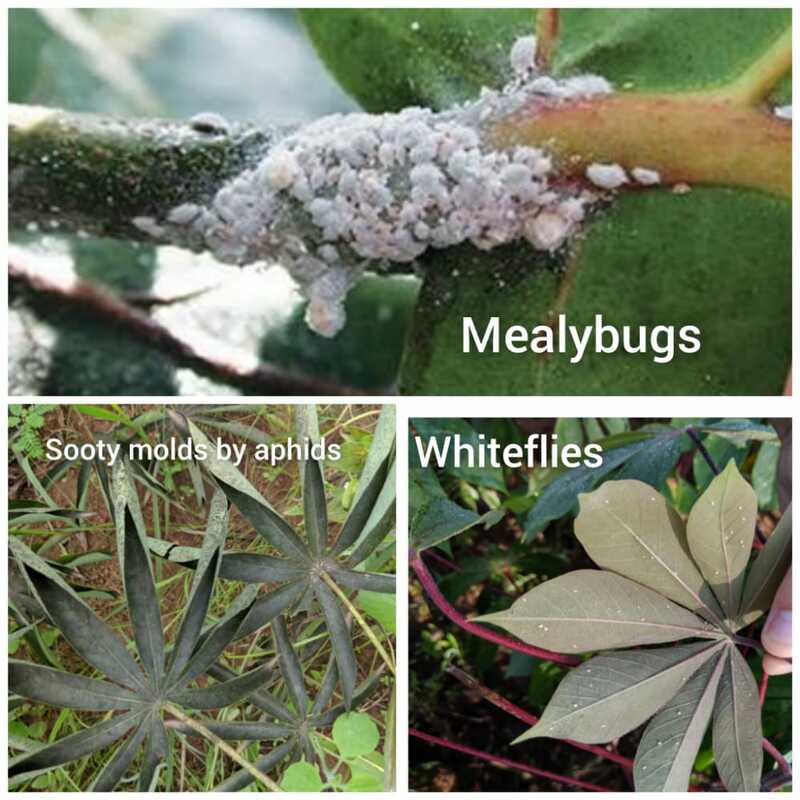Achieving good productivity is always the biggest goal in agricultural production. In this sense, sowing is a step of fundamental importance, since the distribution of seeds directly influences the final stand of the crop.
In addition, seeds represent a considerable cost for production, and it is essential that losses are minimized. That is, it is one of the operations that requires greater precision in its execution.
With that in mind, we prepared this article to clarify what precision seeding is and also to talk a little about the equipment and technologies used in this operation. Good reading!
What is precision seeding
As mentioned, sowing is one of the steps that most needs precision in its execution. This is because both the quantity of seeds and their uniform distribution in the planting line are essential for good productivity.
An uneven spacing between plants causes competition between them, leading to different productive potentials, harming the crop. In this way, the concept of precision seeding comes to highlight the due importance of this step.
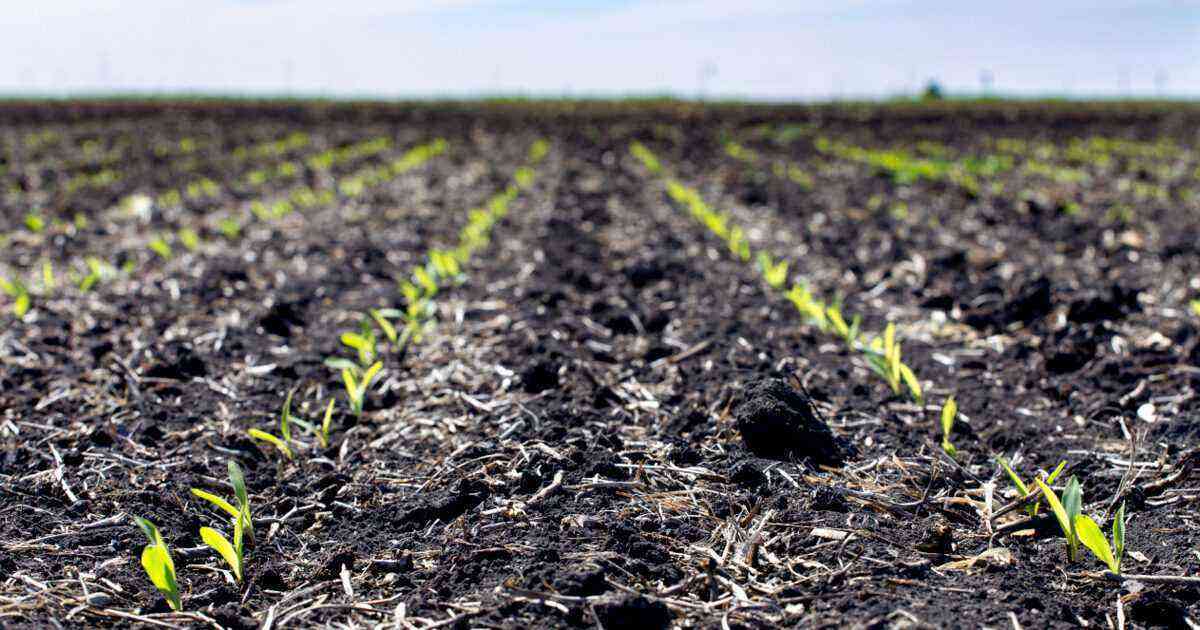
The regulation of the seeder directly influences productivity. She must be able to deposit the seed in the furrow as regularly as possible, in order to obtain the desired plant stand, since the final plant population is the most important production factor.
Therefore, the seed metering mechanism can be considered the most important element of the seeder, as it is largely responsible for its regularity. Thus, over the years the seeders have undergone changes in order to provide greater precision in the operation. See more below.
Precision seeder operation
In the past, seeders had different seed metering mechanisms: fluted rotor, horizontal honeycomb discs, gripper fingers, among others. Over time, aiming at greater precision in sowing, industries began to manufacture machines with metering mechanisms by pneumatic systems.
The pneumatic system can work by pressure or air suction, formed by a fan tube driven by the PTO (power take-off) of the tractor, through the cardan shaft. There are suitable perforated plates (selector discs) for each culture.

Read also: Agricultural machinery and implements: scenario for 2022.
Due to the pressure/vacuum, the seeds adhere to the holes of the selector discs and are released into the conductive tube in an opening where the effect of air is minimized.
Generally, after that, the seed traveled the path to the ground by means of gravity, which, added to a high speed of the seeder, caused rebounds and accelerations, considerably altering the seed deposition point and, consequently, reducing the planting accuracy.
However, a system was developed where the pneumatic transport of seeds is done through small diameter ducts, in which the seeds are propelled by air jets to the deposition groove, causing them to be deposited in the correct place.
The seeders also have specific sectors that perform various functions, so that in just one pass all the operations necessary for planting are carried out, such as opening the furrows, dosing the amount of seeds according to the predetermined density, deposition of seeds in the soil and subsequent furrow cover.
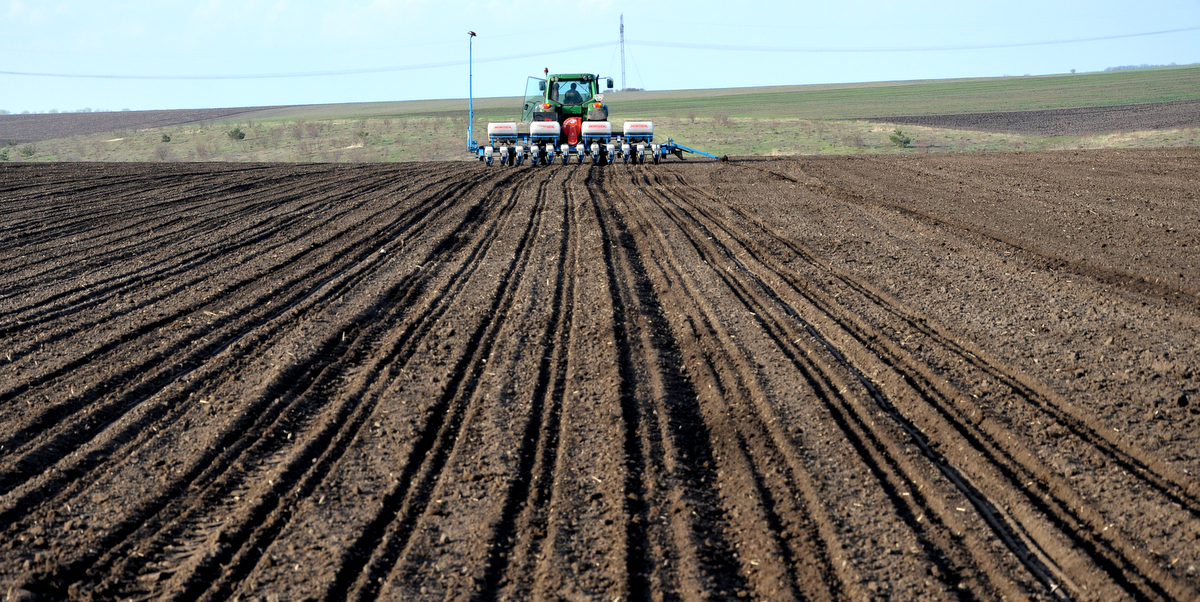
In addition, other technologies also contribute to greater sowing precision, as we will see below.
Autopilot and variable rate seeding
Technological advances in the field of topography allow farmers to draw very detailed designs of their area, specifying where the planting lines will be, the spacing between them and their length.
These designs are then used on tractors that, using the autopilot, travel the area according to defined guidelines, increasing the precision of the operation. It is even possible to define a variable rate for sowing.
Every crop has an ideal seeding density range, calculated to maximize productivity. However, not all plots have the same fertility conditions, so a variation in sowing density allows for greater adaptation to the condition of each location.
With the use of these technologies, the sowing operation becomes much more precise, making the producer’s investment in quality seeds worthwhile and enabling the achievement of higher yields.
So, was this article helpful to you? We also recommend our post on the applications of technology in agricultural machinery. Check out!

